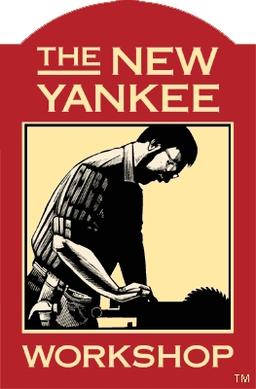I don’t think it is ash - the bark does not look right. Having a cross section showing the face grain and end grain is often helpful to identify wood from a picture.
- 0 Posts
- 6 Comments

 3·1 year ago
3·1 year agoI had been using some form of UNIX and some early GNU utilities for a few years by time Linux came out and had heard some rumblings about 386BSD (development started in 1989) via newsgroups, but it remained out of reach for me.
I heard about Linux (SLS Linux) being available late summer of 1992 and started saving for a 386, which I build later that year.
In the end, due to download limitations I started with HJ Lu’s boot/root disks for Linux (floppy disk images), starting with kernel version 0.12 and happily living in the terminal.
Virtual terminals were the killer app that kept me solely on Linux for a long while. Being able to download on one terminal and code in a 2nd (I programmed a MUD for free dial-up Internet access for a local system) was amazing and far better than Windows 3.x during this time frame.

 4·1 year ago
4·1 year agoJust because source is available does not mean it’s an open source license. It’s still proprietary, free to use for non-commercial use only.

 20·1 year ago
20·1 year agoIf you want something that’s really open source, consider Joplin (AGPL-3.0, https://github.com/laurent22/joplin/) or CherryTree (GPL3, https://github.com/giuspen/cherrytree).
No one truly familiar with open source are begrudging RedHat the opportunity to profit from their labors, but RedHat are not the sole source of the software used to make RHEL. RedHat would not exist if it were not for the fact that the FSF and the GNU project did most of the work to build the base userland in Linux, including the compiler toolchain that RedHat uses to create it’s products.
Thousands of others have founded and contributed to other critical components within RHEL. And in fairness, RH have contributed much to the community but they are not the majority contributor to the whole ecosystem.
I agree that the work of de-branding the RHEL sources should not fall on RH, this is something that should be done by the downstream distributions or “rebuilders” as RedHat like to call them.
I would suggest reading AlmaLinux: Our Value is our Values for what Alma have contributed to the RedHat ecosystem and Free Software Community in the short time they’ve been around.
And this is RedHat doing much more than just debranding their sources, they have cut off access to the repositories for RHEL and are only making sources available in the much faster moving CentOS stream, which will be very difficult for anything but a very large community or a large company (like Oracle) to manually track down each commit that was used for RHEL.
They also took pains to point out that subscribers trying to exercise their GPL granted rights to redistribution and installation were against the RedHat subscriber agreement:
Red Hat customers and partners can access RHEL sources via the customer and partner portals, in accordance with their subscription agreement. Section 1.2(g) of Product Appendix 1 governing Software and Support Subscriptions.
Also, please look at Software Freedom Conservancy Blog for their view and some historical context of actions RedHat has taken against customers. RedHat have violated the GPL in the past and I don’t expect this to change.
This also falls on the heels of their layoffs where they laid off a lot of paid Fedora positions, and even while RedHat were extremely profitable before these changes, they don’t need these changes to pay their employees, suppliers, contractors and shareholders.
They need these changes to drive more subscriptions to deliver more value (money) to their shareholders because – in this macro-economic environment – every company is desperate to shore up their year over year profits or the markets will punish them and leadership will get fired by the IBM board/shareholders.
This is just short sighted greed without consideration of repercussions to the larger Linux community that I’ve been a member of before RedHat existed.
This is why I’m upset with RedHat and why I removed Fedora from my laptop and workstation and my RHEL (free developer license, but still RHEL because that’s what I’m comfortable with) home servers over the past week.


Yes, those terms match your pictures. My vote is for beech, but it’s still a guess. It grows in the region (Jura Mountains), is a hardwood and has a similar grain pattern and bark.